My flight into San Francisco was supposed to arrive around noon, but with plane delays, I arrived only 7 hours late, just 45 minutes before I was supposed to speak at the Palo Alto Unitarian Church in the heart of Silicon Valley. After a friend picked me up, I walked in the door of the church just in time to set up and begin. It was a warm group of about 25 people, a few of whom were Native American. I met my friend and host Victoria Tregoning, who was on the Walk for the Earth. She mentioned later that setting up this event helped her make new connections, including one with a group doing traditional Native American sweat lodges in a backyard in downtown Palo Alto. "You would never have guessed in seeing this house from the front that there was a fire pit and a sweat lodge in the backyard," she said.
I did my powerpoint show of the Walk for the Earth in 1984 and of some current issues, such as global warming and steps we can take to reduce our carbon load. I gave hopeful examples of change that occurred since the walk such as the elimination of the Berlin Wall, the recovery of Mono Lake in California, and the restoration of an important river in Florida known as the Kissimmee. Then, we had a good discussion of what makes their area special and of some Native American issues. One man is helping to set up a reunion type of walk of the Native Americans' longest walk in 1979. That is set to occur early next year. Some in the audience are active in trying to free Native American prisoner Leonard Peltier, who many feel has been wrongly convicted of shooting an FBI agent during unrest in the early 1970s.
I am staying in the area for a couple of days with Victoria and her nephew Randall. Let me introduce Victoria. After the Walk for the Earth across the United States and Europe, Victoria got the walk bug and joined a group who walked from Leningrad (now St. Petersburg) to Moscow with 250 Americans and 250 Soviets from the different republics shortly after Gorbachov came into power in 1987. "It was so successful as a citizen diplomacy effort that a similar walk was done in 1988 with 250 Americans from all the different states and 250 Soviets from all the different republics across the United States," she said. "We did it in three segments and I was responsible for the food service in feeding 500 people a day for about two months with a mobile kitchen operation." Phew. And I thought we had a challenge feeding our group of 25 to 35 people on the Walk for the Earth.
Victoria took the food challenge because of her exposure to the Walk for the Earth and because she was a professional caterer. Still, she said it was mind blowing trying to obtain enough food to feed the walker army. "I learned a lot about the food distribution system in this country. And so many people came together to make it happen."
Since the walks, Victoria graduated from massage school and nursing school and now works as a massage therapist at a community center, mostly assisting elderly clients with their special needs. She also took under her wing a teenage nephew after her younger sister passed away. "The major thing that the walks affirmed to me is that they show that when people come together in a spirit of good will, amazing things are possible. But you have to trust that the goal will happen one step at a time. When enough people believe they can do something,they can do it."
While walking in Russia in 1987, she recalled how a bus load of East German young people pulled up to join. "They were talking about how the Berlin Wall would soon come down, but many in our group were skeptical, saying it would take a long time. But these teenagers, they were right. It was just a year and a half after that that it happened. That told me that the young people had their finger on the pulse, and we didn't quite believe it, even as open minded as we were."
One Soviet elder was overcome with emotion while carrying an American flag into Moscow, while Victoria carried the Soviet flag beside him. "His voice was quivering," Victoria recalled. "He kept saying, 'I can't believe I would ever see a day when I would be carrying an American flag into Moscow. It was one of those moments you described in your book, Doug, it is those moments that reaffirm your strength and your love for the planet amidst all the darkness. It's a core truth coming forth. It's like God, beyond words."
Thanks Victoria.
Today we are visiting the Native American art exhibit, "Living Traditions," at Stanford University, among other things.
Wednesday, April 25, 2007
Subscribe to:
Post Comments (Atom)

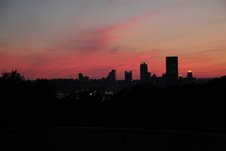


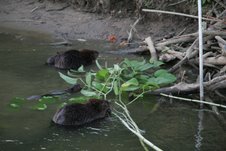

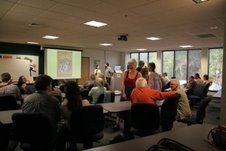





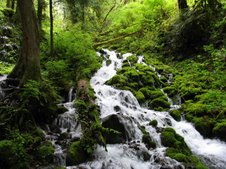



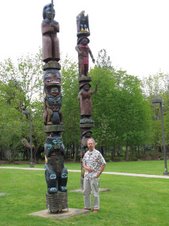



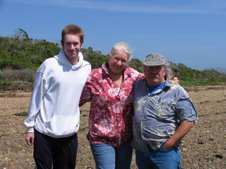

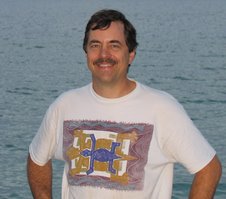
No comments:
Post a Comment